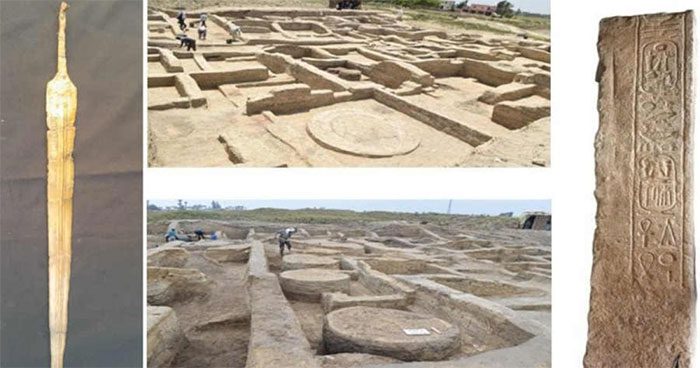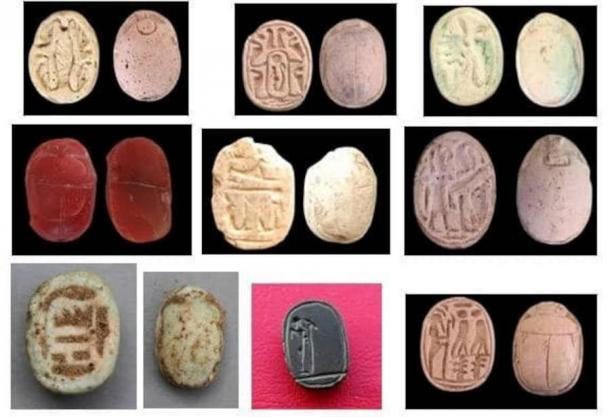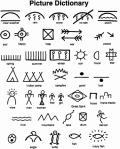A Coastal Fortress Built Over 3,200 Years Ago During the Reign of Pharaoh Ramses II Has Been Discovered in Egypt.
According to Ancient Origins, archaeologists have recently uncovered a military fortress that played a crucial role in coastal defense during the reign of Pharaoh Ramses II.
Ramses II (Ramesses II) is the most revered pharaoh in ancient Egyptian history. Also known as Ramses the Great, he was the third pharaoh of the 19th Dynasty during the New Kingdom, known for constructing many prominent monuments and ushering in a period of remarkable prosperity.

The military fortress complex and auxiliary structures excavated, along with some artifacts found inside – (Photo: EGYPTIAN MINISTRY OF TOURISM AND ANTIQUITIES).
According to a report from the Egyptian Ministry of Tourism and Antiquities, an expedition led by Dr. Ahmed Said El-Kharadly has discovered a series of mudbrick structures that were once used as military barracks.
Within the ruins, which have been partially eroded by time, they also found evidence of storage facilities for weapons, food provisions, essentials, and numerous artifacts reflecting the daily lives of the soldiers, including many valuable treasures.
Among the most notable discoveries is a finely crafted bronze sword engraved with a symbol representing Pharaoh Ramses II.
Dr. Mohamed Ismail Khaled, Secretary-General of the Supreme Council of Antiquities in Egypt, stated that this discovery highlights the military significance of the ancient site of Tell Al-Abqain, located in the coastal province of Bahira, which served as an important military outpost for Egypt.
Situated along the western military road, this complex of ruins was once a large fortress housing numerous troops, guarding Egypt’s northwestern borders against potential invasions by tribes from Libya and an ancient group known as the Sea Peoples.
The architectural layout of the ruins showcases the ingenuity of ancient Egyptian engineers.
The barracks were arranged in two groups, stationed in two symmetrical areas separated by a narrow corridor, a design that highlights the Egyptians’ ability to effectively utilize environmental features for practical purposes.
Some units of the architectural complex were used as large storage facilities, still containing fragments of animal bones and shards of pottery.
Additionally, the presence of a cylindrical pottery kiln indicates that these rooms were used for cooking and food preparation.
Weapons and hunting tools were discovered at the site, along with personal items such as ivory kohl applicators, agate beads, and scarab jewelry inscribed with the names of deities…

Intricately carved scarabs with hieroglyphics – (Photo: EGYPTIAN MINISTRY OF TOURISM AND ANTIQUITIES).
One of the most intriguing discoveries is the burial of a cow, symbolizing strength, abundance, and fertility, and also associated with deities.
Pharaoh Ramses II passed away in 1213 BC, meaning this site is over 3,200 years old. The complex structure of the military area, along with the artifacts, contributes further evidence of one of the most glorious eras of ancient Egypt.





















































